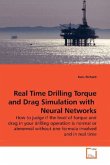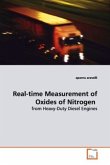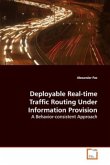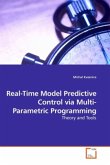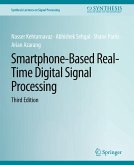Cochlear implant (CI) patients have difficulty
understanding tonal languages which use pitch
variations to convey meaning because of poor pitch
perception. The ability of CI patients to communicate
in noisy environments is severely degraded.
Therefore, pitch-detection and (spatial) noise
suppression is of importance to current cochlear
implant devices. This thesis provides the details of
real-time implementations that address these
concerns. A pitch-detector was implemented to
estimate the pitch and a beamformer was implemented
to suppress spatial noise. The pitch-detection and
the beamforming algorithms were implemented on an ARM
based processor of a Personal Digital Assistant
(PDA). The pitch-detection algorithm is based on the
autocorrelation function. Its real-time performance
was measured and its efficiency in the presence of
speech-shaped noise and babble noise was evaluated.
The beamforming algorithm implemented was the
Griffith s beamformer. Objective and subjective tests
for different signal-to-noise ratio levels of
speech-shaped noise were conducted to evaluate its
performance. This thesis includes the results of
these evaluations.
understanding tonal languages which use pitch
variations to convey meaning because of poor pitch
perception. The ability of CI patients to communicate
in noisy environments is severely degraded.
Therefore, pitch-detection and (spatial) noise
suppression is of importance to current cochlear
implant devices. This thesis provides the details of
real-time implementations that address these
concerns. A pitch-detector was implemented to
estimate the pitch and a beamformer was implemented
to suppress spatial noise. The pitch-detection and
the beamforming algorithms were implemented on an ARM
based processor of a Personal Digital Assistant
(PDA). The pitch-detection algorithm is based on the
autocorrelation function. Its real-time performance
was measured and its efficiency in the presence of
speech-shaped noise and babble noise was evaluated.
The beamforming algorithm implemented was the
Griffith s beamformer. Objective and subjective tests
for different signal-to-noise ratio levels of
speech-shaped noise were conducted to evaluate its
performance. This thesis includes the results of
these evaluations.


